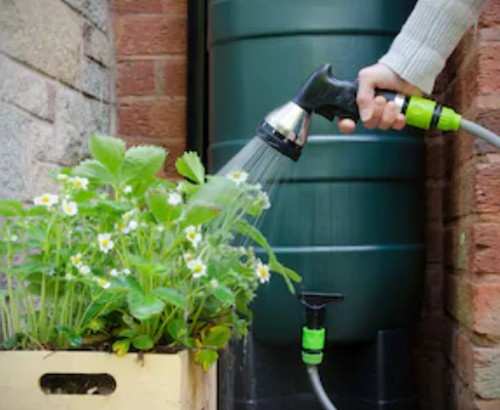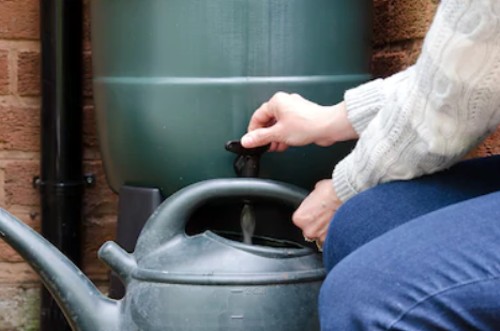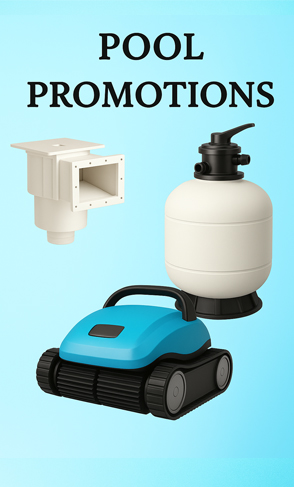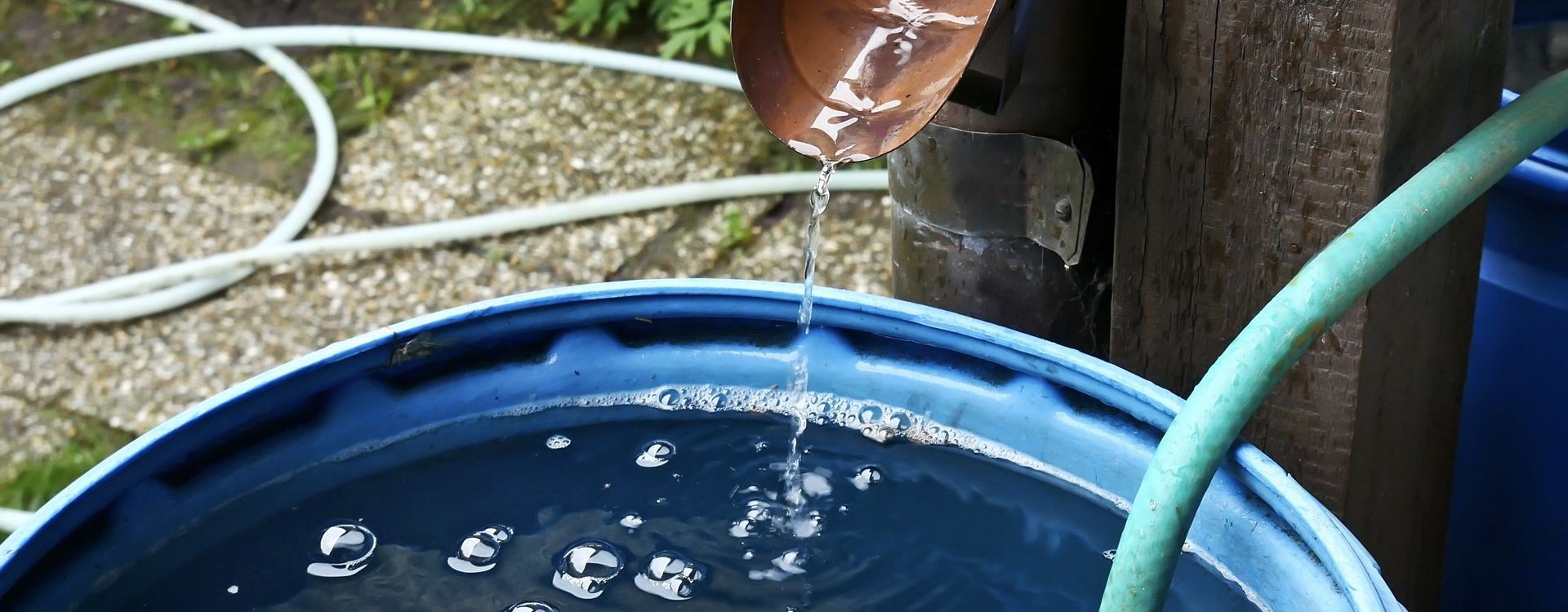Polyester or Polyethylene Water Tanks: Which is Best?
The polyester or polyethylene water tanks They are made of solid and, above all, lightweight materials. Despite this quality, these tanks are resistant to impacts, rust, and various weather conditions.
They have a low cost, and are quite flexible in terms of models. In addition, both have the great advantage that they do not allow light to pass through, which prevents the production of bacteria.
Typically, these types of water tanks are made from synthetic materials, with strict control over the entire process.

Because this is the only way to ensure water conservation, durable structures, and smooth interior surfaces. This is to prevent the formation of any type of fungi or unwanted microorganisms.
What are the benefits of have a water tank?
Today, the factors that hinder the water supply are widely known.
This ranges from overpopulation, natural disasters, pollution, poor urban planning, among many others, which influence access to water.
This is why the possibility of a water shortage must always be prevented by having reservoirs that guarantee its supply at all times.
How are water tanks maintained?
The care you should give to your tank will depend mainly on the place where it is installed, that is, whether it is located in outdoor or indoor spaces.
Similarly, something to take into account is the type of water with which these water tanks are filled.
Since the city's supply system often provides water that contains a lot of sediment, and when stored, it is likely to generate microorganisms.
Likewise, rainwater, when directed through gutters, can carry films that contaminate the water.
It is for all this that despite the fact that either of these two water reservoirs are of quality. Likewise, they must undergo inspection and maintenance at least twice a year. This ensures their proper functioning and the quality of the water they contain.
Water tanks made of polyester

The sheet metal and concrete tanks used in apartments and buildings have caused harm to human health by causing leaks and corrosion. Similarly, they have caused permanent damage to the building's concrete foundations.
It is for this reason that polyester tanks are much more recommended, since they avoid these negative effects that occur in sheet metal and concrete water tanks, since the possibility of leakage from these tanks is very low.
This type of polyester tanks They are white in color, and come in different presentations in terms of shape or figure.
They are ideal for drinking water as they impart no odor or flavor to the contents. They can also be used to store food products.They are also anti-corrosive and can be installed on the surface or underground.
And if you're worried about the warranty, no problem, as they have a two-year warranty against manufacturing defects.
These tanks, which you can place there, have the advantage that if for some reason a leak occurs, repairing them is very easy and cost-effective. In addition, the inner surface of the polyester tanks is shiny and smooth like glass.
Here are 3 polyester fiber tanks of different sizes:
- 100-liter circular polyester fiber tank
- 200-liter circular polyester fiber tank
- Polyester fiber tank 3000 liters circular
Common features of polyester tanks
These types of tanks generally have particular characteristics, which I describe below:
Raw material
Fiberglass conforming to quality standards and high-strength polyester resin. It should not be subjected to direct high temperatures, and should not be scaled when it contains water. UV stabilized, antistatic, antimicrobial, UV stabilized, antistatic, antimicrobial
Manufacturing
It is done in 3 stages: Body, curved side covers and legs. It can be manufactured as ready-to-use and assembled on site in tight spaces.
Color
Generally, white is the most common, but any color can be used.
Thermal resistance
Resistant up to 65°C.
Water tanks made of polyethylene

The polyethylene tanks They are durable, healthy and economical. Polyethylene water and chemical storage products are long-lasting, do not show dirt or moss, and are made of linear polyethylene material that is not affected by the mild rays of the sun.
These tanks are dark green in color, and are intended to collect rainwater. There they are manufactured in different volumes, from 50 liters to 10,000 liters.
The connection outlets of the polyethylene tanks are made of brass. In addition to the standard exits, different alternative exits can be set up depending on the needs and requests of each individual.
The raw material for these tanks is recyclable, UV-stabilized linear polyethylene.
Here are 3 polyethylene tanks of different sizes:
- Round rainwater tank 200 liters
- Rectangular rainwater tank 200 liters + Base
- Round rainwater tank 500 liters
Common characteristics of polyethylene tanks
As with polyester tanks, this type of polyethylene tank has specific characteristics that differentiate it slightly from polyester tanks. These are explained below:
Raw material
The raw material used in these products is UV stabilized. As I mentioned before, it is antimicrobial, antistatic, recyclable, and 100% LLD polyethylene.
Endurance
They are resistant to sunlight and impact. They are also resistant to temperatures up to 65°C.
Color
The color can range from green to white and blue.
Discover these most commonly used drip irrigation products
Polyester or polyethylene water tanks: Which one should you choose?
Plastic tanks have proven their qualities for protecting and transporting all types of substances. Especially liquid, maintaining their properties and guaranteeing excellent quality and durability.

To determine their suitability, several criteria must be taken into account, such as safety, manufacturing costs, and weight and design characteristics.
In many cases, plastics have replaced steel and other metals precisely because they meet the same needs at very low costs.
Plastics have multiple applications. From the most well-known, the use for tanks and the transport of different substances - water, food in liquid or solid state, fuels, etc.
Polyester tanks are the most widely used on the market for storing substances. But between polyester and polyethylene, which is better? Below, I'll give you a brief comparison between the two plastic materials so you can find the best one for you.
Look at these Hamster cages
Advantages of polyethylene tanks over polyester tanks
Regarding the manufacturing process, polyethylene is an ecologically clean material, as it does not emit toxic emissions into the atmosphere during the molding process.

However, this is not the case with polyester, as it is more polluting during its manufacturing.
This also happens if, for example, it's burned. A polyester tank emits smog containing toxic substances when burned. Polyethylene performs better in this regard, as it does not produce any toxic smog.. In addition, polyethylene is recyclable at the end of its useful life.
Integration of painting
During the plastic coloring process, polyethylene is able to fully integrate the paint. If it is scratched, it maintains the same color.
In the case of polyester, the color is only integrated into the most superficial layer, so if it is scratched, the inner layer will be a different color.
Impact resistance
On the other hand, polyethylene has greater impact resistance and greater resistance to cracks.
In the event of an accidental impact during transport, for example, a polyethylene tank is less likely to be damaged. Which is a guarantee to keep the content intact.
Ultraviolet rays
When exposed to ultraviolet rays from sunlight, polyethylene maintains the longest color durability, corresponding to an 8 on the wool blue scale.
This is because it stabilizes better against the action of these rays.
Weather conditions
In general, polyethylene performs better under the influence of weather conditions than polyester. A polyester tank is more likely to crack at low temperatures than a polyethylene tank, which is better suited to all types of weather conditions.
In summary...
Although polyester or polyethylene water tanks are found some good features for tank functions, In general, polyethylene responds better to quality requirements than a polyester tank.












Leave a comment